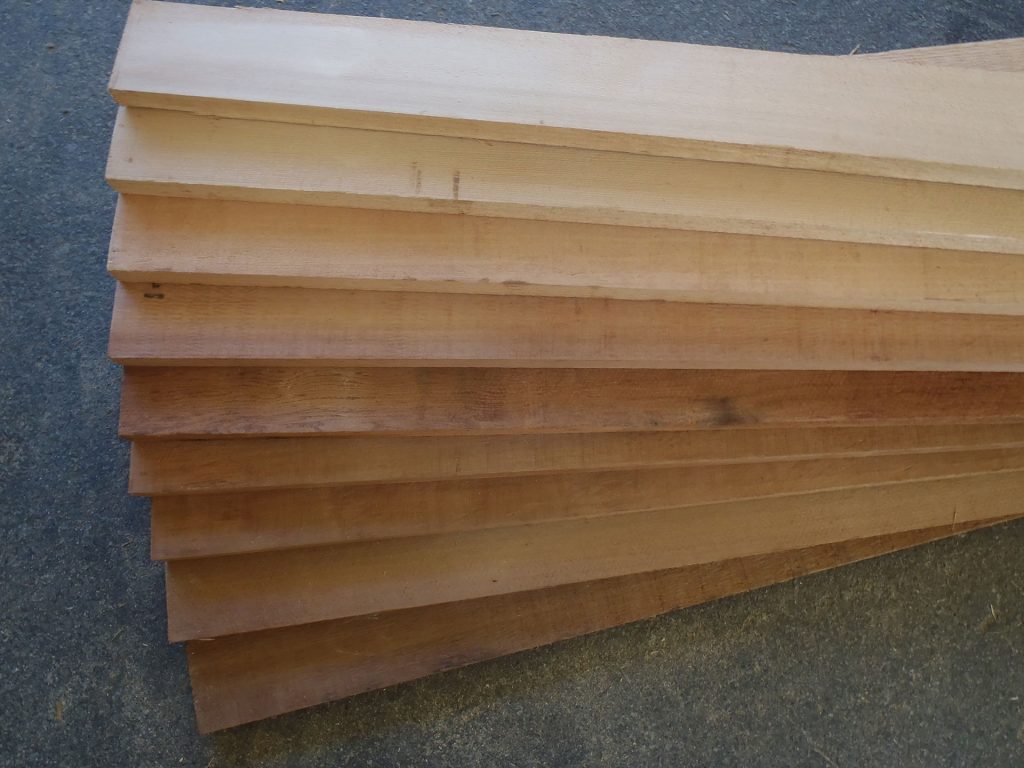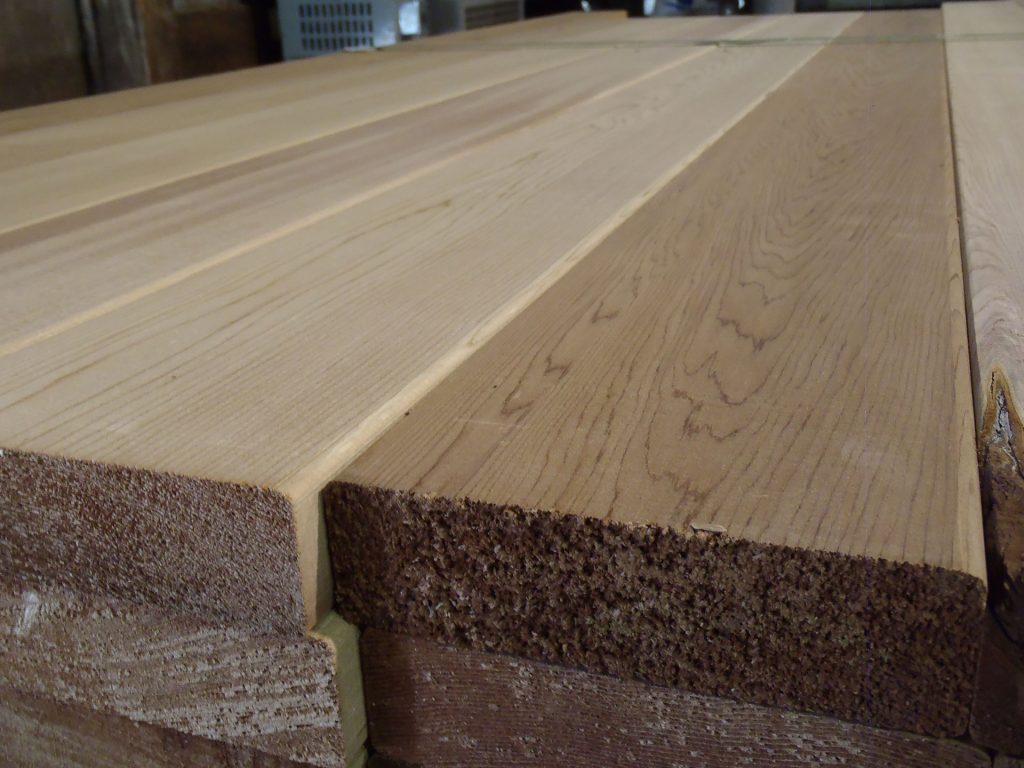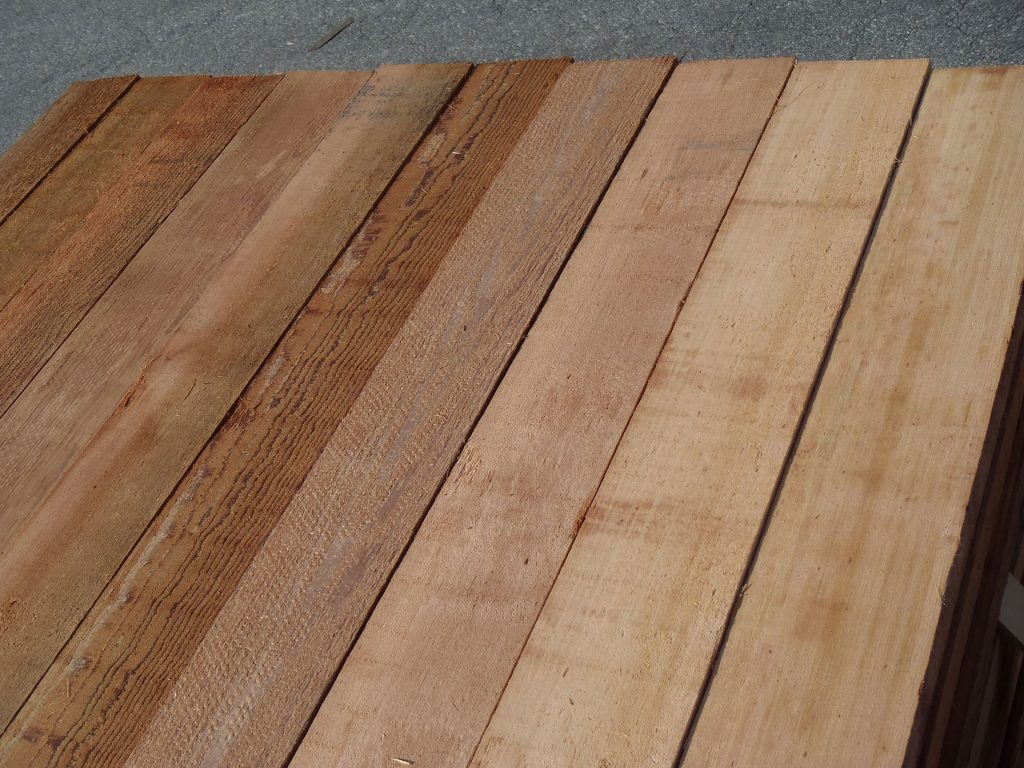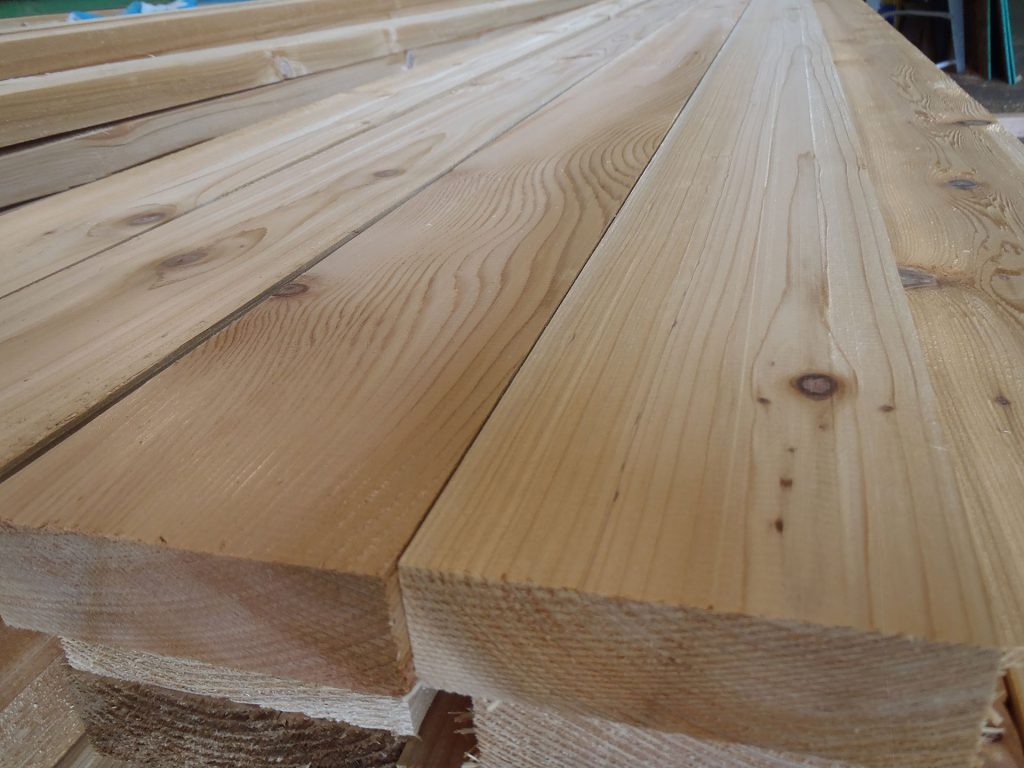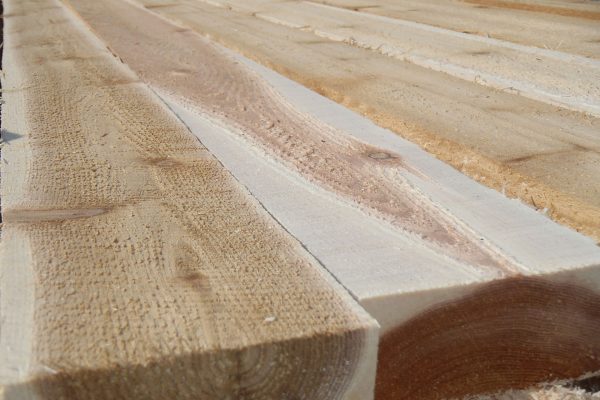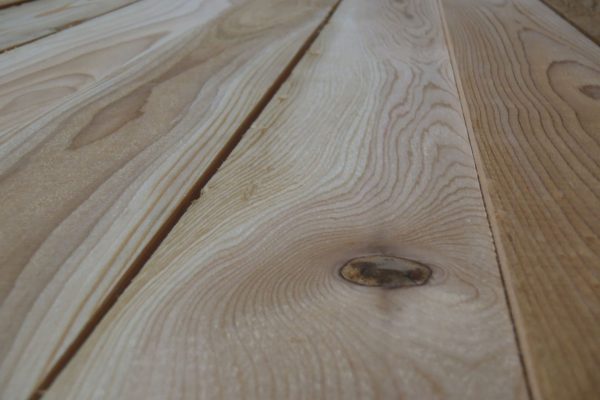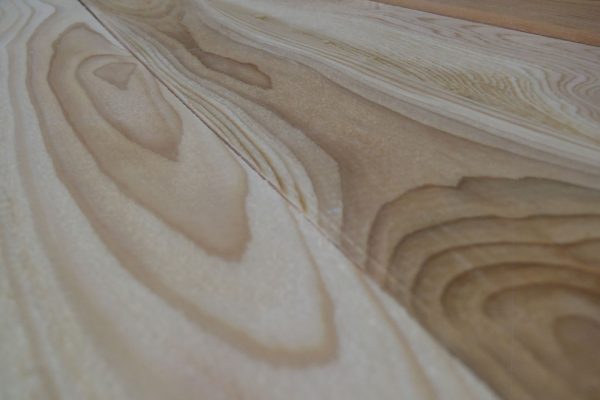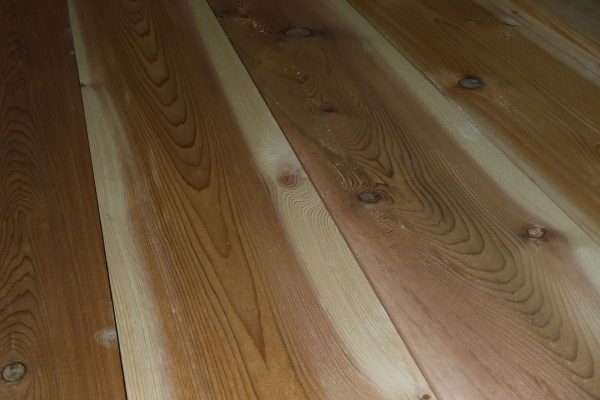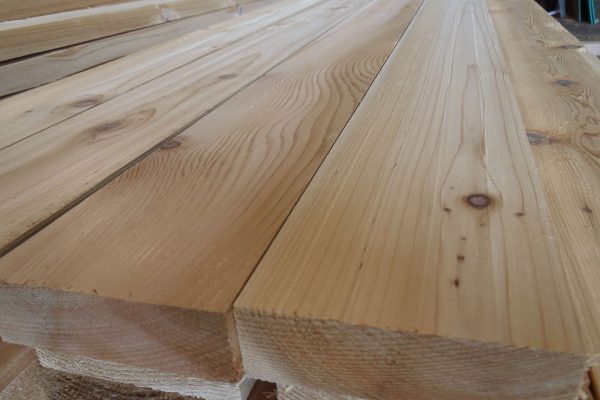Our hands-on approach to customizing orders ensures your finished project will be a “cut” above the rest, and choosing the right color of cedar is an important part of that process.
That’s why we make it a whole lot easier right from the get-go by color sorting our cedar stock. This allows us to match every single piece we ship out to our customers’ exact specifications.
Here is a breakdown of cedar’s basic colors to help get your creative juices flowing…

